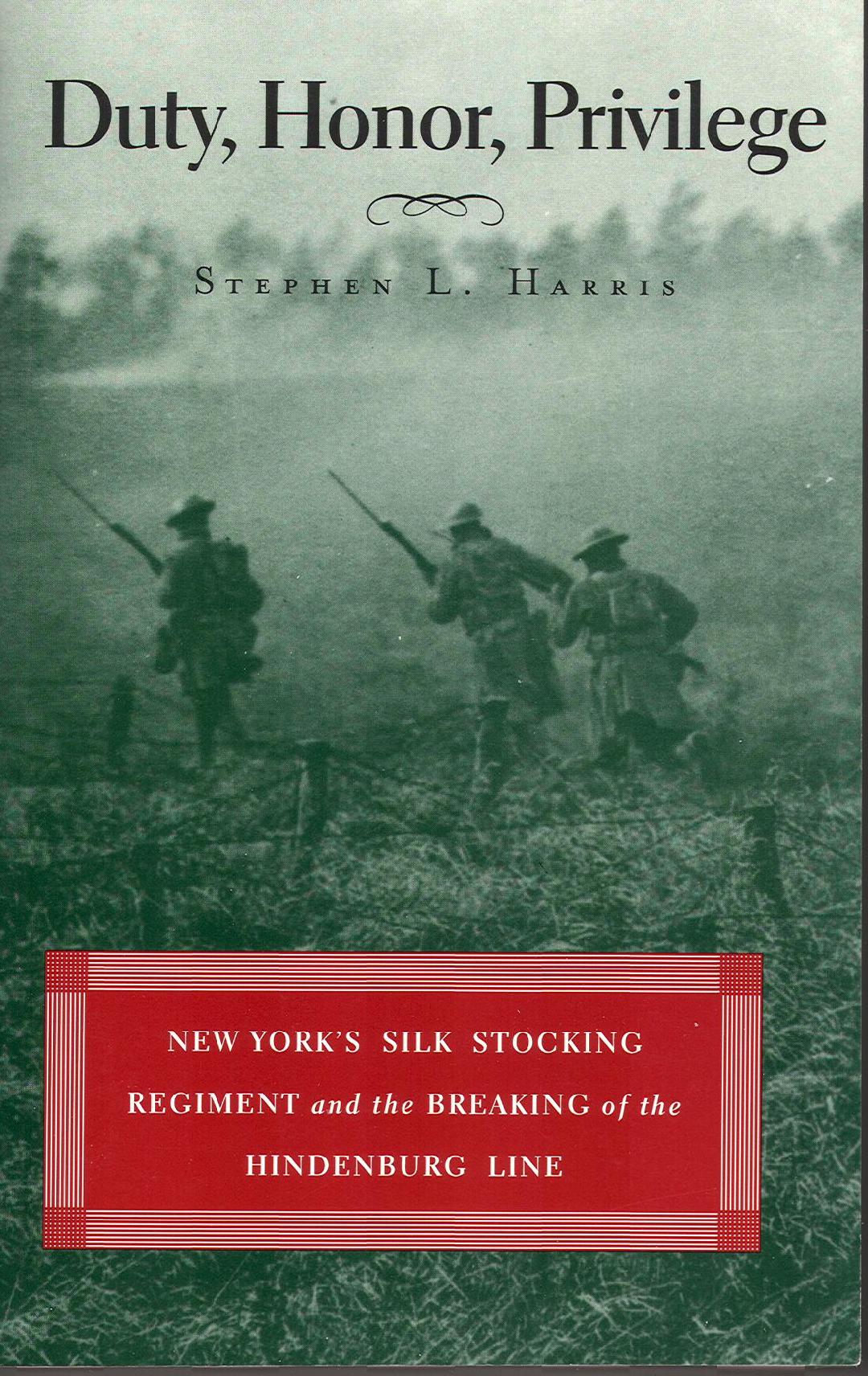
“It met with the unexpectedly stubborn and active resistance of fresh American troops.” So wrote General Eric Ludendorff after the Armistice of Germany’s last offensive of the Great War. That attack was both launched and effectively smothered on 15 July 1918. Applying a double-swinging-door maneuver at either end of a 48-mile assault line, its immediate objectives were to envelop and capture the major rail junctions at Reims, Epernay, and Châlons. As fate would have it, American units were placed directly in front of the swinging doors at both ends. In the west near Château-Thierry was the 3rd Division of regulars that was prominent in last month’s issue of Over the Top. Their actions on 15 July are immortalized through an enduring U.S. Army tradition—the “Rock of the Marne.”
Far to the east, in the Champagne, the 42nd “Rainbow” Division, composed of National Guardsmen from across the nation, was deployed. Their task and level of challenge were the same as those faced by their fellow Doughboys to the west, but their story is less known. In this issue, we are going to remedy that. Our contributor, Stephen Harris, has written about both episodes in his series of AEF histories. In this issue he focuses on the Champagne and the effort of the Rainbow Division’s most famous regiment, “The Fighting Sixty-Ninth” of New York, which was re-designated the 165th Infantry in the AEF system. Their effort was romanticized a bit in a famous pre-World War II movie, but make no mistake about it, they were a first-class fighting outfit and would prove it that decisive day.
—Michael E. Hanlon, Editor/Publisher

